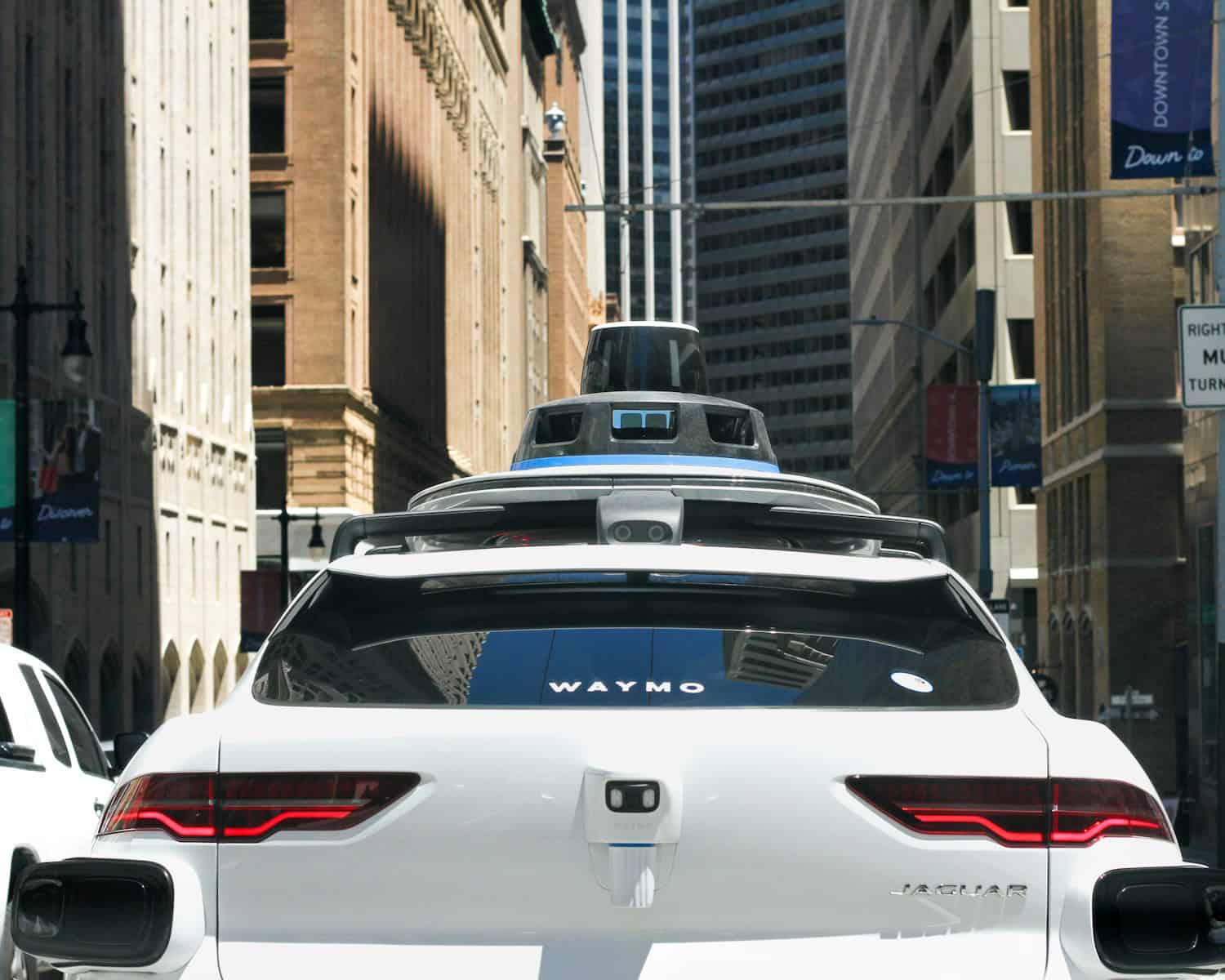Waymo’s self-driving cars are made to make roads safer using advanced technology. The company has driven over 7 million miles without a driver, and so far, the results have been very impressive. Waymo’s self-driving cars are reportedly 6.7 times less likely to be in crashes with injuries compared to human drivers. Research shows an 85% reduction in crash rates involving injuries, making Waymo’s self-driving vehicles much safer than those driven by humans. This achievement suggests that using self-driving technology could decrease accidents on the road.
Waymo has made careful research and developments in autonomous driving technology. For example, partnerships with organizations like Swiss Re show the focus on improving methods for assessing risks. Waymo’s commitment to improving driving safety is shown through continuous enhancements and technological evaluations that surpass human driving standards. These efforts provide important insights into the potential benefits of self-driving vehicles.
Waymo’s Safety Record: By The Numbers

Image Credit: https://www.flickr.com/photos/127662106@N04/27264541428
Research Results
Recent studies conducted by Waymo and Swiss Re, a leading reinsurer, reveal that Waymo’s autonomous vehicles boast a significantly lower crash rate than human-driven vehicles.
These findings stem from an extensive analysis of over 3.8 million miles of rider-only data collected in San Francisco and Phoenix. This data revealed zero bodily injury claims and a considerable reduction in property damage claims, showcasing Waymo’s impressive safety track record.
- Injury-Causing Crashes: Waymo driverless vehicles have an 85% reduction (6.8 times fewer) in injury-causing crashes compared to human-driven vehicles in the same areas.
- Police-Reported Crashes: Waymo has a 57% reduction (2.3 times fewer) in police-reported crashes compared to human drivers in the same areas.
- Bodily Injury Claims: A study by Swiss Re found 100% fewer bodily injury claims for Waymo compared to human-driven vehicles.
- Property Damage Claims: The same Swiss Re study found 76% fewer property damage claims for Waymo.
- Miles Driven: Waymo has logged over 7.1 million miles of rider-only driving data as of December 2023.
- Estimated Impact: Over 7.1 million miles, Waymo estimates there were 17 fewer injuries and 20 fewer police-reported crashes compared to if human drivers with the benchmark crash rate had driven the same distance.
- Performance in Specific Cities: Waymo outperformed human drivers in San Francisco, Phoenix, and Los Angeles, with significant reductions in crash rates compared to local benchmarks.
Injury and Police-Reported Crash Reduction
Waymo’s research shows a substantial reduction in both injury-causing and police-reported crashes compared to human drivers.
| Crash Type | Waymo Reduction |
|---|---|
| Injury-Causing Crashes | 85% |
| Police-Reported Crashes | 57% |
This translates to 6.8 times fewer injury-causing crashes and 2.3 times fewer police-reported crashes for Waymo compared to human-driven vehicles in the same areas.
Real-World Safety Performance
In real-world scenarios, Waymo’s driverless vehicles have consistently demonstrated superior safety compared to human drivers. The company’s autonomous technology has been shown to be adept at navigating complex traffic situations, avoiding collisions, and prioritizing passenger safety.
Ongoing Research and Development
Waymo continues to invest heavily in research and development to further improve the safety and reliability of its autonomous vehicles. The company’s commitment to safety is evident in its rigorous testing procedures, comprehensive data analysis, and ongoing collaboration with industry experts.
Research indicates that Waymo’s autonomous vehicles are significantly safer than human-driven vehicles, boasting lower crash rates and fewer injuries. Waymo’s advanced technology and rigorous testing procedures contribute to this impressive safety record, setting a high standard for the future of autonomous driving.
Key Takeaways
- Waymo’s autonomous vehicles show an 85% reduction in injury-related crashes.
- Extensive research and partnerships improve safety assessments.
- Waymo continues to push the boundaries of autonomous vehicle safety.
Assessing the Safety of Autonomous Vehicles
Safety is key when comparing autonomous vehicles to human drivers. This section explores various metrics and data used to evaluate their safety, along with the roles of regulators and insurers.
Evaluation Metrics and Research Methodologies
Researchers use different methods to measure the safety of autonomous vehicles. Crash rates, response times, and injury statistics are among the key metrics. Studies often analyze data from real-world driving and simulated environments. Risk assessment methodologies help in understanding the odds of crashes. Police-reported crash data and naturalistic driving studies provide a benchmark for human performance. Each of these methods offers insights into how well autonomous systems perform compared to human drivers.
Quantitative Data: Miles Driven and Crash Rates
Miles driven is a significant metric for assessing safety. Waymo’s vehicles have logged millions of miles on public roads. They use this data to compare crash rates. Reports indicate that Waymo’s autonomous cars experience fewer crashes than human-driven vehicles over the same mileage. In particular, Waymo cars are less likely to be involved in injury-causing crashes. These statistics are crucial for evaluating the overall safety of autonomous technology compared to human drivers.
Comparative Analysis of Waymo and Human Drivers
Comparing Waymo’s performance with human drivers provides clear insights. Waymo’s driverless vehicles are often shown to be much safer. For example, Waymo cars have been found to be 6.7 times less likely to cause injury-related crashes. This comparative analysis strengthens the argument for autonomous vehicles’ superior safety. Human drivers are more prone to mistakes that lead to accidents. Waymo’s technology offers better control, which translates to fewer crashes.
The Role of Regulators and Insurance Industry
Regulators and insurers play critical roles in assessing safety. Regulations ensure that autonomous vehicles meet strict safety standards before hitting the roads. Insurers use crash data to decide premiums and coverage for these vehicles. Swiss Re’s partnership with Waymo highlights how insurance data can aid in safety assessments. By evaluating risks and crash causation, the insurance industry helps validate the safety of autonomous vehicles compared to human-driven cars. This collaboration is essential to foster public trust in autonomous technology.
Operational and Practical Aspects of AV Deployment
Autonomous vehicle (AV) deployment involves real-world implementation, public acceptance, and legal considerations. These elements are crucial for the practical success of self-driving technology.
Real-World Deployment in Urban Environments
Waymo has been deploying its AVs in cities like Phoenix and San Francisco. These urban environments provide diverse challenges such as busy intersections and pedestrian traffic, testing the capabilities of AV systems. Waymo’s technology allows for 24/7 operations with no human intervention. This deployment highlights the company’s commitment to making cities safer by reducing crash rates and improving traffic flow. Data from millions of miles of driving supports these safety improvements, emphasizing the importance of real-world testing to validate performance.
Public Perception, Trust, and Acceptance
Building trust is essential for the wide adoption of AV technology. Many people are still wary of self-driving cars due to concerns about safety and reliability. Waymo addresses this by being transparent about their safety records and showing a track record of reduced crash rates. Ads and public engagement strategies aim to educate and build confidence. Positive experiences from early adopters in California and Arizona also contribute to changing public perception and increasing acceptance.
Insurance and Liability in the Age of Autonomy
Insurance and liability for AVs present unique challenges. Companies like Swiss Re are working with Waymo to develop new insurance models. AVs tend to have lower crash rates and property damage claims compared to human-driven cars. Liability insurance claims data continues to be analyzed to set benchmarks. Policymakers and insurance industries are exploring how to handle liability in cases involving fully autonomous vehicles, ensuring that victims are compensated fairly.
Future Implications and Ongoing Developments
The future of AV deployment looks promising with ongoing developments in technology and policy. Continuous improvements in AV systems aim to make them even safer and more efficient. Scientists and engineers are working on new algorithms and sensors to enhance safety features. Regulatory bodies like the California Public Utilities Commission are developing frameworks to support the expansion of AV services. As this technology evolves, it will reshape transportation and urban planning, potentially leading to lower accident rates and more efficient traffic management.







